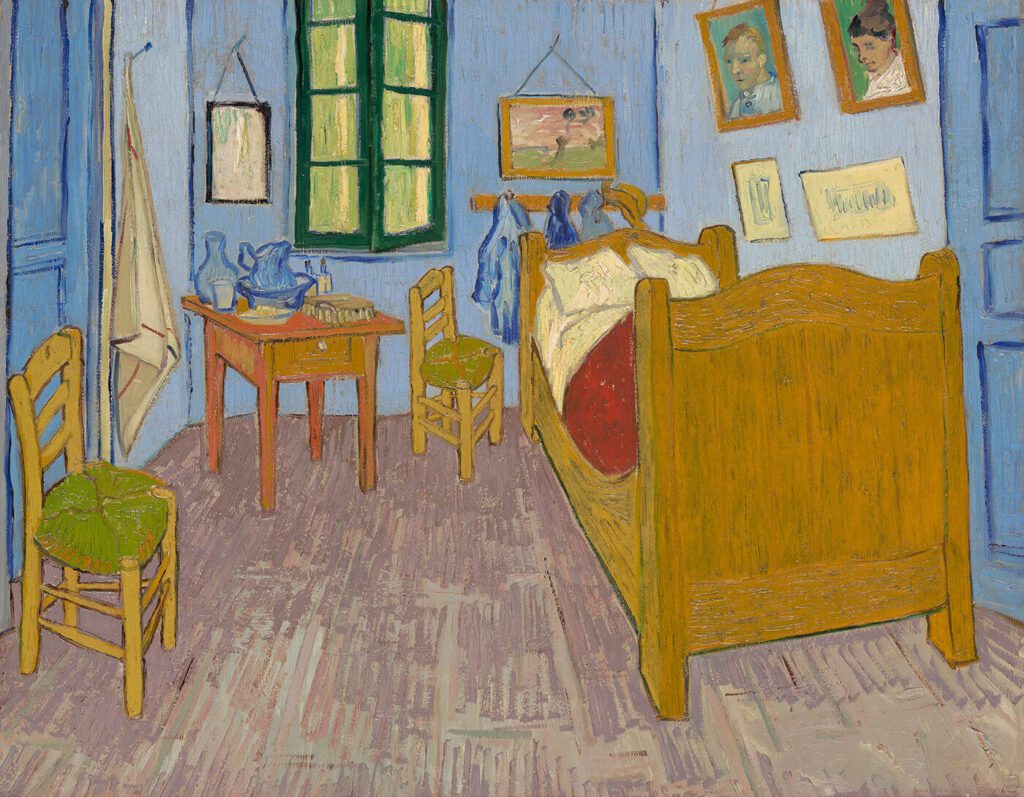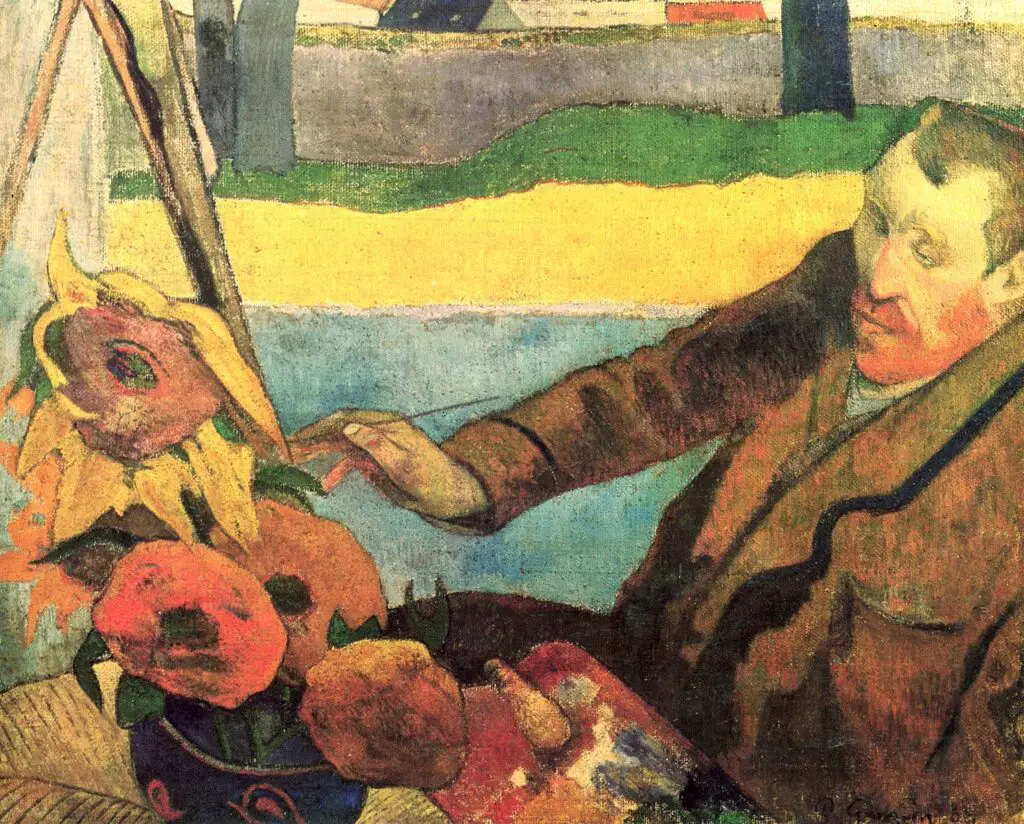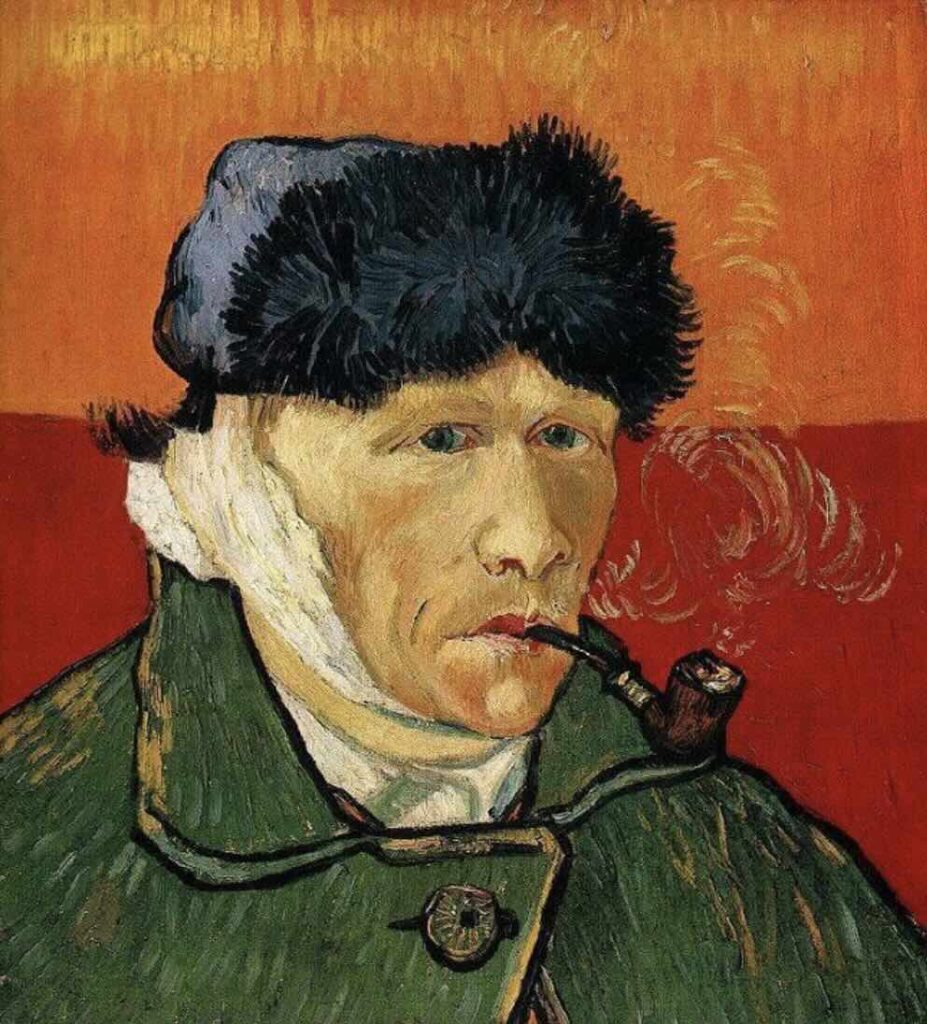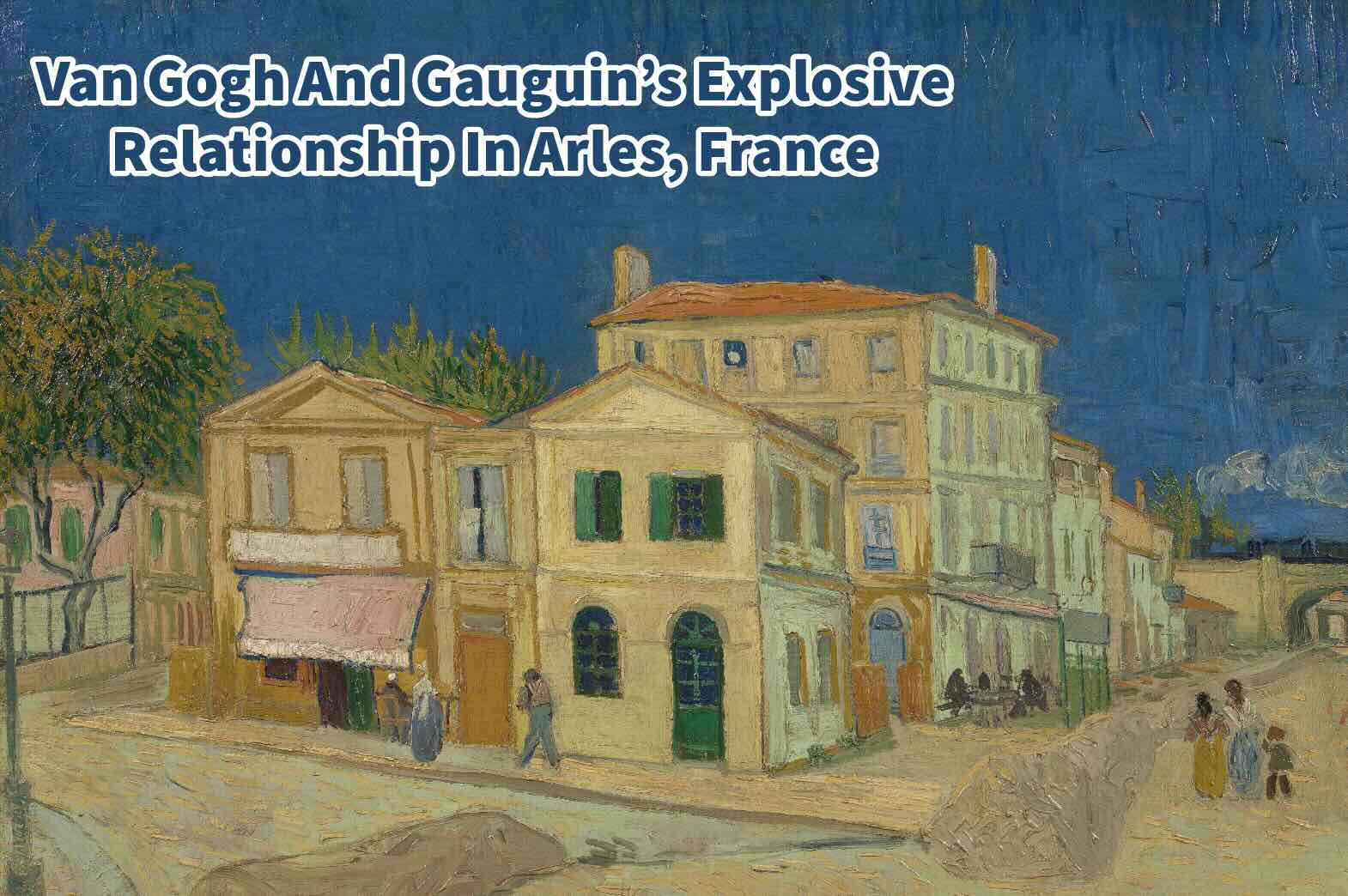Discussing the life of Vincent van Gogh inevitably leads to his tumultuous yet significant relationship with fellow artist Paul Gauguin.
Vincent envisioned establishing an artistic haven in southern France, a dream that briefly materialized when Gauguin joined him. Despite their creative synergies, the relationship was fraught with conflicts and misunderstandings. The tension culminated in a dramatic incident where a deeply distressed Vincent van Gogh severed part of his ear.
Table of Contents
- Van Gogh And Gauguin’s Explosive Relationship In Arles, France: A Brief, Intense Period Of Artistic Collaboration
- Related Questions
Van Gogh And Gauguin’s Explosive Relationship In Arles, France: A Brief, Intense Period Of Artistic Collaboration
In the annals of art history, few relationships have generated as much intrigue, speculation, and romanticism as the 63-day cohabitation of Vincent van Gogh and Paul Gauguin in Arles, France. From October to December 1888, the two Post-Impressionist painters occupied a yellow house at the corner of Place Lamartine. This experiment would test the boundaries of their artistic fellowship and personal rapport.

The Yellow House no longer stands, but its spirit is immortalized in van Gogh’s masterpieces such as “The Yellow House” and “The Bedroom.” This period of cohabitation in the sun-soaked Provence region led to the creation of significant artworks. Still, it also ended in tumult, symbolizing both artists’ divergent paths.

The Utopian Dream: The Studio Of The South
Van Gogh had moved to Arles with high hopes of creating what he termed a “studio of the south.” His dream was to establish a haven for artists to live, work, and draw inspiration from southern France’s vivid landscapes and everyday life.
This idyllic vision seemed closer to realization when Gauguin agreed to join him, albeit for primarily financial reasons. Gauguin’s consent to move was facilitated by the financial support promised by Theo van Gogh, Vincent’s older brother and a thriving art dealer.
In essence, what could have been a harmonic union of creative minds was more like Paul Gauguin going down there with the promised support from Theo Van Gogh. For Vincent, it was about building a utopia among artists; for Paul Gauguin, it was about helping further his artistic career.

The Caribbean Connection: Martinique’s Impact
Interestingly, the roots of this relationship stretch back to Martinique, where Gauguin had ventured earlier. Upon his return to Paris, Gauguin gained representation from Theo, who would sell numerous Gauguin artworks and help cement his reputation as a major avant-garde artist.
This working relationship with Theo was a conduit that eventually led Gauguin to Arles and the ambitious project Vincent had envisioned.
Artistic Output: A Flourishing Of Creativity
Despite the underlying tensions, the nine weeks in Arles were incredibly productive for both artists. Van Gogh churned out 36 canvases, while Gauguin completed 21.
Both artists painted portraits of each other, capturing their impressions and perspectives in the intimate setting of the Yellow House. Yet, the collaboration also laid bare their stylistic divergences.
While van Gogh remained committed to painting from nature, Gauguin delved into imaginative renderings of subjects like local washerwomen and peasants, imbuing them with his vision.
The Ear Incident: The Unraveling Of Vincent Van Gogh
Everything came to a head on that fateful night when van Gogh severed a portion of his left earlobe. Gauguin, alarmed and unsettled, soon left for Paris, effectively ending their shared living experience.
Despite this dramatic turn of events, a mutual artistic respect remained between the two. They continued to correspond through letters, sharing their thoughts on art and life.

Enduring Connections And Lasting Legacies
Van Gogh’s premature death in 1890 and Theo’s death in 1891 did not sever the bonds between Gauguin and the Van Gogh family. Gauguin stored some traded paintings at the home of Theo’s widow, Johanna van Gogh-Bonger, and was an influential artist until his death in 1903.
In his memoir, “Avant et après,” Gauguin reflects on the period with a sense of appreciation for the work accomplished.
The explosive relationship between Van Gogh and Gauguin in the Yellow House of Arles is a testament to both the potential and pitfalls of creative collaborations. For a brief period, these two towering figures of art history came together to push the boundaries of Post-Impressionism.
While their time in Arles ended on a bitter note, the artwork produced and the intellectual exchange would leave an indelible mark on the art world. The Van Gogh brothers played a significant role in Gauguin’s ascent in the Parisian art scene, and in turn, Gauguin influenced Van Gogh’s work in ways that would only be fully appreciated in the years that followed.
Their story remains a fascinating chapter in art history, illustrating how sometimes the most volatile relationships can produce the most lasting and impactful work.
After all, as Gauguin himself mused, their time together bore fruit for them and perhaps for others. In the lens of history, their 63 days in Arles serve as both a cautionary tale and an inspiring saga, a brief moment in time when two extraordinary talents collided to create something larger than life.
Anita Louise Art is dedicated to art education, great artists, and inspiring others to find and create their art. We love art that uplifts and inspires. #ArtToMakeYouSmile! #ArtToMakeYouHappy!
If you are interested to see any of my art, you can find out more by clicking here. If you are interested in what inspires me and my paintings, you can discover more by clicking here.
We have a free newsletter and would love you to be part of our community; you can subscribe to the newsletter by clicking here. I would be happy to talk to you if you have any questions. You can reach me, Anita, by clicking here.
Subscribe to our Anita Louise Art YouTube Channel filled with great videos and information by clicking here.
Join us for our podcast “5 Minutes With Art.” Spend 5 minutes a week with us to discover and learn about great art and artists. You can find out more about our podcast by clicking here.
Related Questions
How Was Leonardo da Vinci Able To Master So Many Different Professions?
Leonardo da Vinci is a man known to have had many different titles and professions during his lifetime. He was able to master this profession because he was a genius. But more than just being a genius, Leonardo is also self-educating and never stops learning. He had an insatiable amount of curiosity about all kinds of subjects.
By clicking here, you can learn more by reading How Was Leonardo da Vinci Able To Master So Many Different Professions?
What Can We Learn From Leonardo Da Vinci?
Leonardo da Vinci was a philosopher; being a philosopher means that you want to seek wisdom. Leonardo was one person who tried to seek knowledge or enlightenment in his life. Leonardo was an active observer and learner of the human body, human behavior, and nature.
By clicking here, you can learn more by reading What Can We Learn From Leonardo Da Vinci?
Was Leonardo da Vinci A Philosopher?
Leonardo da Vinci was a philosopher; being a philosopher means that you want to seek wisdom. Leonardo was one person who tried to seek knowledge or enlightenment in his life. Leonardo was an active observer and learner of the human body, human behavior, and nature.
By clicking here, you can learn more by reading Was Leonardo da Vinci A Philosopher?

